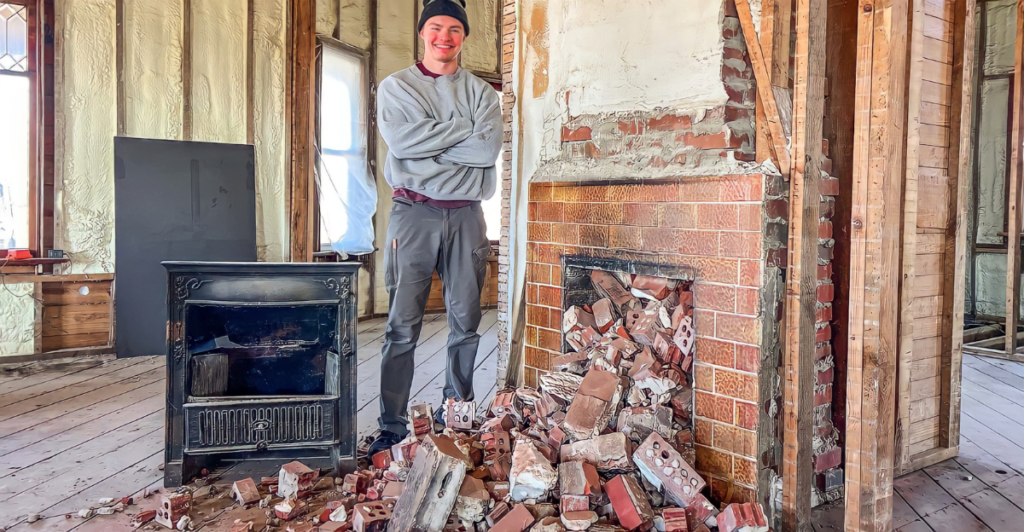
Okay, let’s get real—modern homes, with all their streamlined edges and “smart” gadgets, sometimes feel a little sterile. Between ripping out walls for open plans and spitting out neighborhoods by the dozen, we lost sight of what makes a house a home.
At Country Living, we’re all about paying homage to the past—yes, even the creaky floorboards and maybe spooky nooks. Old houses have soul in their walls: the craftsmanship, the quirks, the peaceful thoughtfulness in every detail.
From hand-hewn knobs to breezy sleeping porches, these houses remind us that beauty and function once danced hand-in-hand. These 10 features prove old design still prevails.
1. Dutch Doors – Half Door, Full Charm
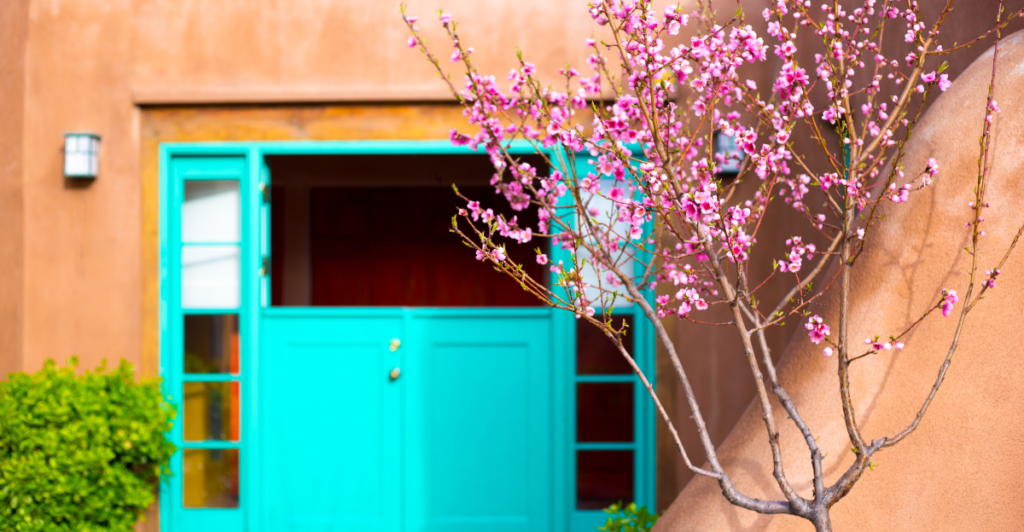
Dutch doors are the refined multitaskers of old-time design. Horizontally divided into two panels, they let in fresh air while keeping curious kids or barn animals in—or letting them out, depending on the need.
These doors bring fairytale charm to a home, especially in kitchens, mudrooms, or even nurseries. They’re also surprisingly versatile—you can paint them bold or leave them plain white.
Hardware choices matter, too: bolt locks are country rustic, while quadrant latches are colonial cool. With a little creativity, such useful features fit into today’s contexts perfectly. A half a door is often the entire shebang.
2. Transom Windows – Let the Air Flow

Transom windows above the door top are not just lovely—then they were also incredibly convenient. Before air conditioning was even a concept, small transom windows permitted hot air to escape and helped rooms be well-ventilated.
Even when closed, they introduce a splash of sophistication and old-world charm to doorways and corridors. A few even boast colorful stained glass or intricate woodwork. Although seldom included in new builds these days, they’re a great afterthought for people who desire improved air flow without compromised privacy.
Bonus: they make ceilings appear higher and rooms appear larger. An inexpensive trick with a significant impact, transoms are due more than a nostalgic look.
3. Interior Shutters – Style and Shade

Interior shutters were a mainstay of homes, particularly in warmer climates, and it’s no wonder why. These elegant wooden panels manage light, provide privacy, and assist in moderating temperature—all without plastic or strings.
Unlike heavy drapes, they leave clean lines and enduring style. From café-style shutters that only cover the bottom half of a window to full-paneled ones that block the sun completely, there’s a style for every room.
Energy efficient? Check. Sophisticated? Double check. It’s a zero-electricity alternative that’s fashionable in every room. Frankly, we don’t know why we ever quit making them.
4. Fanciful Hardware and Knobs – Details Count

Old houses show that style is in the details. Consider doorknobs and cabinet pulls—formerly the domain of imagination. From cut-glass to hand-painted ceramic and clunky bronze hardware, the real ones were deliberate, not generic.
In contrast to cookie-cutter versions of today, that kind of restraint lent sophistication to the ordinary. Need to infuse a modern room with instant personality? Begin substituting.
Scour architectural salvage stores, antique markets, or designer-commissioned collections for classic selections. The catch? It’s a simple, renter-friendly upgrade. Since a door doesn’t merely open—it declares. And the perfect knob? Why, it sure can set the tone.
5. Butler’s Pantries – Storage With Swagger
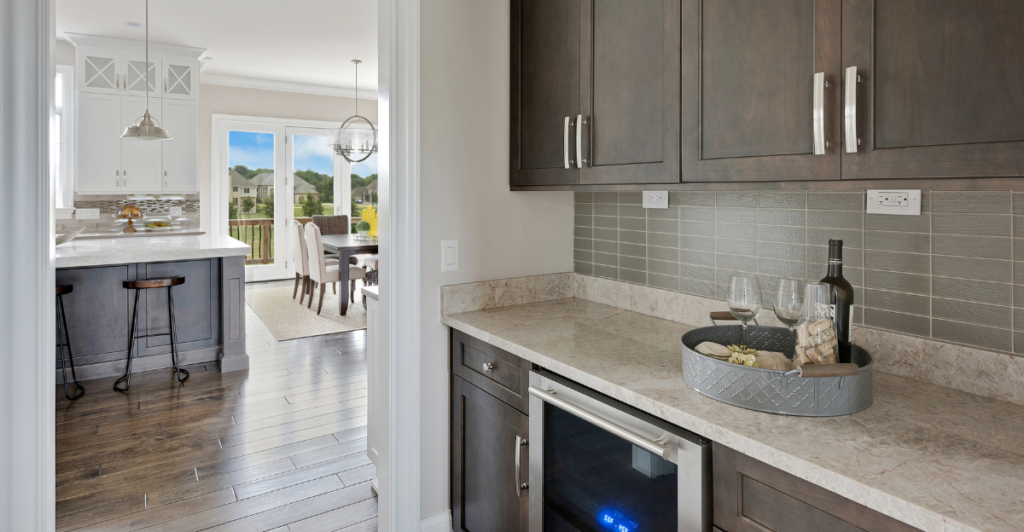
A former luxury of wealthy households, the butler’s pantry—or scullery—was the key to effortless dinner parties. Placed between the kitchen and dining room, it stored fine china, linens, silver, and frequently a sink or prep space.
Now, this trend has come back in style for a good reason. It provides useful storage room, hides mess from the rest of the kitchen, and provides a fantastic location to display your cute dishware or coffee station vignette.
And it merely feels lavish. You don’t need a butler to have the ambiance. Turns out, a bit of old-fashioned practicality never goes out of favor.
6. Separate Rooms – Farewell, Open Plan?
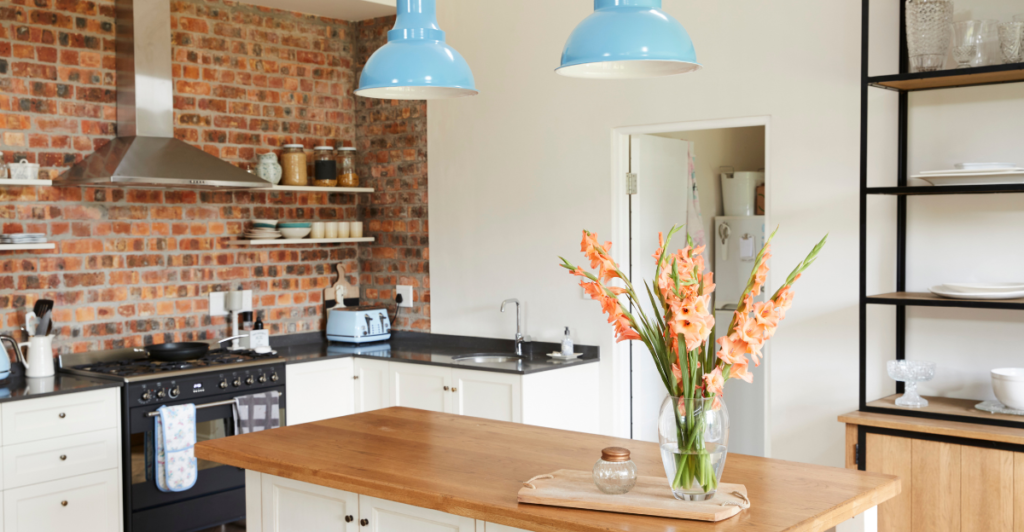
Houses used to have walls. And doors. And specific areas. Then open floor plans arrived—until people caught on that combining everything into one room equated to noise, mess, and no privacy.
Older houses got the idea of intentional rooms just right. A comfortable reading nook, a dining room that actually facilitates dinner conversation, and an office that isn’t also the kitchen.
Post-2020, with remote work more on the rise, the value of having distinct rooms is again in the spotlight. Need less distraction and more serenity? Rebuild walls. It seems that sometimes being physically apart brings people closer.
7. Built-Ins – When Storage Belonged

Built-in bookcases, benches, and cabinetry weren’t an afterthought in previous homes—they were an integral part of the original plan. Perfectly proportioned and effortlessly merged, these elements provided storage with panache.
No piecing together necessary, no clunky IKEA bookcases. Built-ins gave rooms some weight and intelligence. A banquette at the dining table in a corner or a bookcase beside a fireplace, they infuse warmth and character that cannot be replicated.
And they save space, as well—particularly in small homes. Today, the inclusion of custom built-ins is one of the wisest means of bringing modern functionality and yesterday’s beauty together. Good design? It’s built in.
8. Stained Glass – Light, But Make It Art
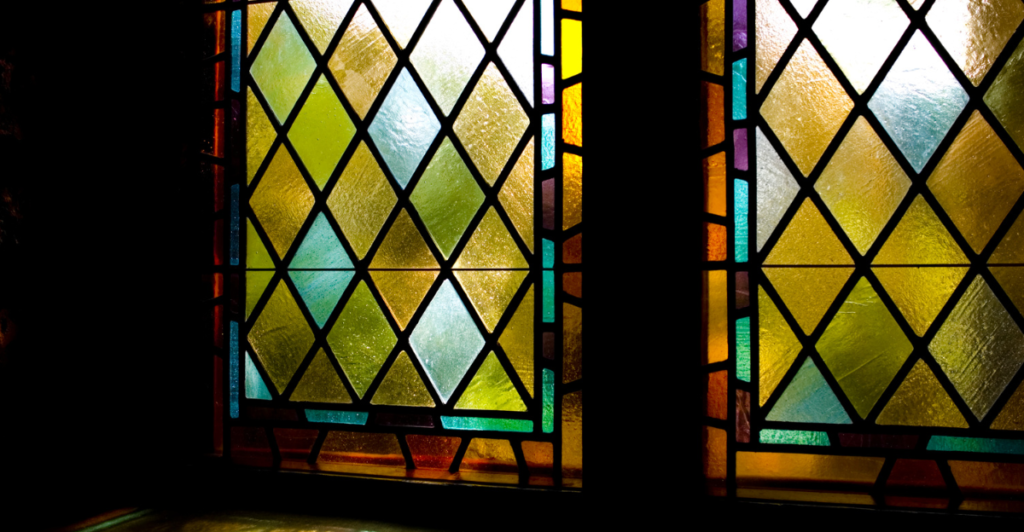
There’s something enchanting about sunlight cast through stained glass. Darling of the Victorian age and has been loved ever since, stained glass windows brought art, coziness, and joy to spaces no one anticipated—entryways, bathrooms, and stairwells as well.
Geometric Art Deco designs, floral embellishments, each a small work of art. While contemporary houses trend toward minimal everything, stained glass adds bold personality without being loud.
It’s the original dopamine décor, and we believe it’s due for a revival. Add a panel, hang an antique suncatcher, or restore an original if you come across one. Let light tell a story once more.
9. Sleeping Porches & Clotheslines – Slow Down
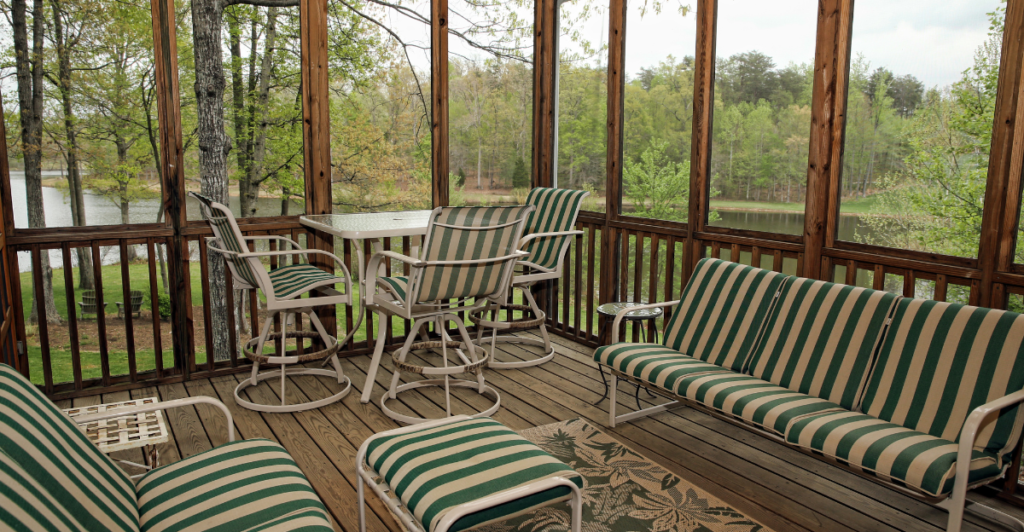
Prior to central air, families cooled their homes on sleeping porches—outdoor sanctuaries usually located behind bedrooms or up on the second floor. The breezy, mosquito-netted retreats provided summer respite and the simple pleasure of drifting off to the sounds of crickets.
Likewise, clotheslines weren’t merely practical; they were a part of a slower existence. Sunshine-scented clothes, reduced utility costs, and a reduced environmental impact? Yes, please.
Although these may feel quaint to some, they’re efficient, sustainable, and somehow romantically old-fashioned. Bring back the porch naps and the flying fabrics. Vintage comfort could be exactly what we most need in today’s hurry.
Discover more trending stories and Follow us to keep inspiration flowing to your feed!

Craving more home and lifestyle inspiration? Hit Follow to keep the creativity flowing, and let us know your thoughts in the comments below!
